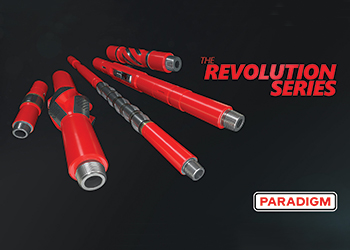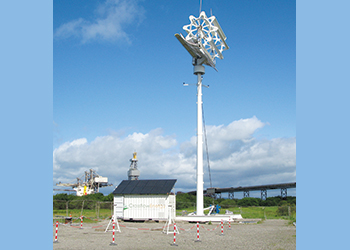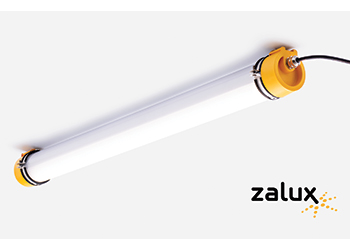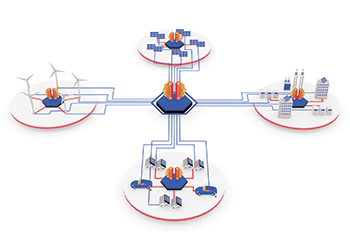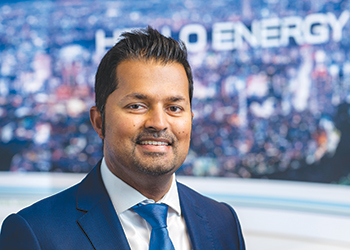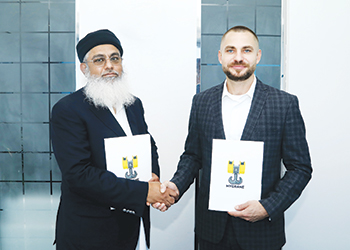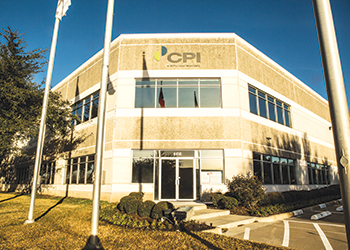
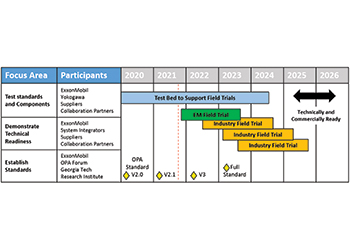 ExxonMobil field trial and OPAF standard schedules
ExxonMobil field trial and OPAF standard schedules
At the November 2021 NAMUR General Assembly, ExxonMobil announced that it had internally approved progressing a field trial of an Open Process Automation (OPA) system. The project will be engineered and started up during 2022-23.
Previously, ExxonMobil has shared this decision only with the Open Process Automation Forum (OPAF), a forum of the Open Group that is developing the related standards and compliance processes. The NAMUR event was the first time ExxonMobil had shared this decision at an industry event.
In discussing with ARC, ExxonMobil emphasised that the O-PAS standard (Rev 2.1) was sufficiently close even if the standard does not address all of the objectives articulated for an Open Process Automation system.
This made it clear to ExxonMobil that it made more sense for it to move ahead with a field trial now rather than postpone a trial for another full year to wait for further refinement of the O-PAS specification.
ExxonMobil says the field trial project is likely to front run the availability of OPA certified conformant components.
Certified products will be used where available, products that implement the O-PAS standards and are in the process of OPA certification are the next preferred pool of components, and innovative solutions that follow the principles and direction of the O-PAS are the third tier of desired components.
As with all automation systems, there may be places where components are used to integrate functionality and solve white space needs where no O-PAS related or planned components are available. The Field Trial will allow for future updates to certified products as certification becomes available and as the updates are necessary.
The OPA programme is operated as per ExxonMobil’s R&D processes using a stage/gate system.
The OPA R&D Program is executed by ExxonMobil Research and Engineering (EMRE) and supported by ExxonMobil Down-stream businesses, Fuels and Lubes (Refining) and ExxonMobil Chemical. It recently received approval to continue the R&D work progressing towards tech-nical readiness.
The first task in this next stage of R&D is to conduct a field trial project at a champion site.
As part of the field trial, we received approval to progress the field trial project and start the Front-End Engineering Design (FEED).
One learning from the R&D process is the reinforcement that OPA must be commercially avail-able in the automation marketplace as one requirement for technical readiness.
A second learning is the understanding of how far the marketplace has already moved towards implementing OPA in the products and services and creating end user demand for OPA.
Another important learning is how ExxonMobil can use OPA-based automation systems to add benefit to its businesses through innovation and technology insertion.
The field trial review brings the more tactical learnings of how OPA must deliver benefit to an operating facility within the typical constraints of operations and within an ongoing business.
The ExxonMobil OPA Program originated with several requests from company executives and one of these was to find a way to turn ExxonMobil’s automation migration projects away from infrastructure investments that address obsolescence into earnings projects with a return on investment to the business. The field trial project is going to answer that request.



















































































